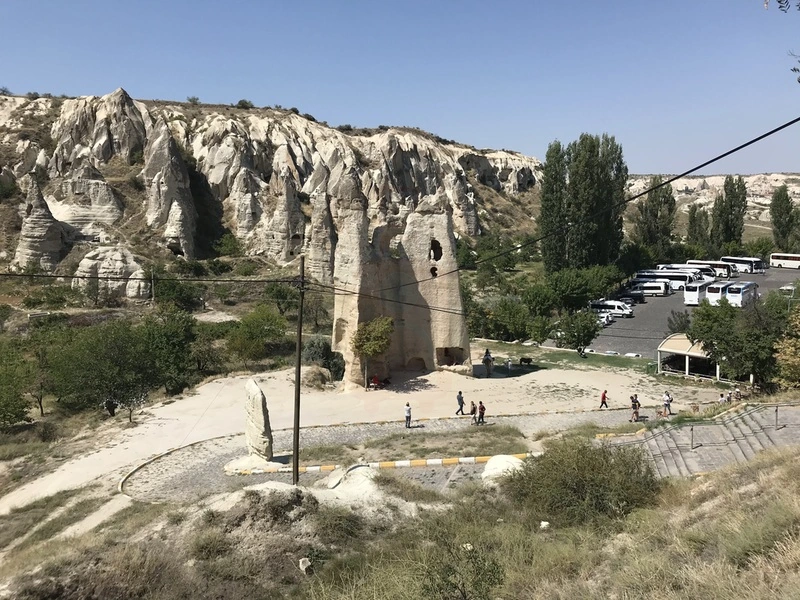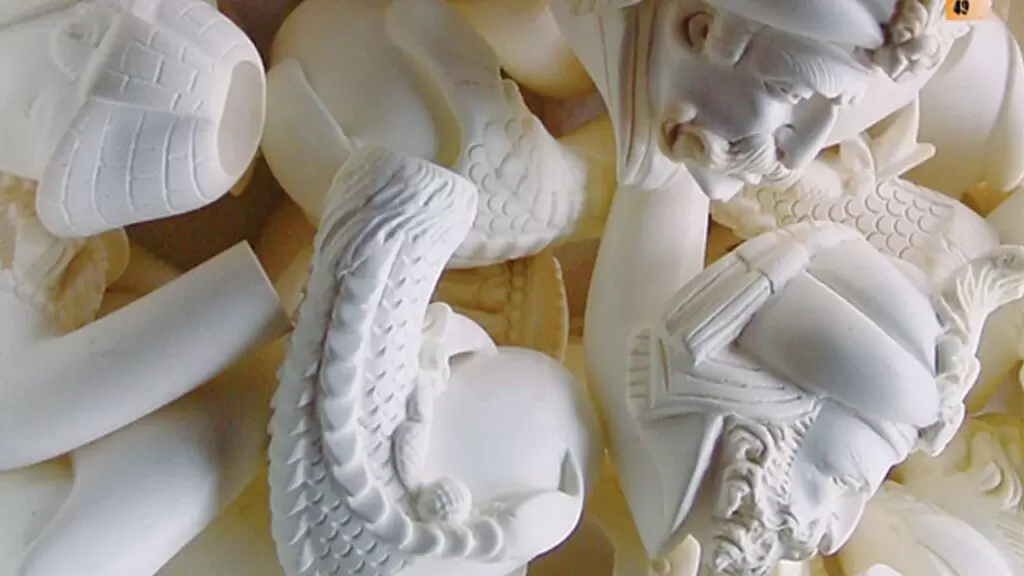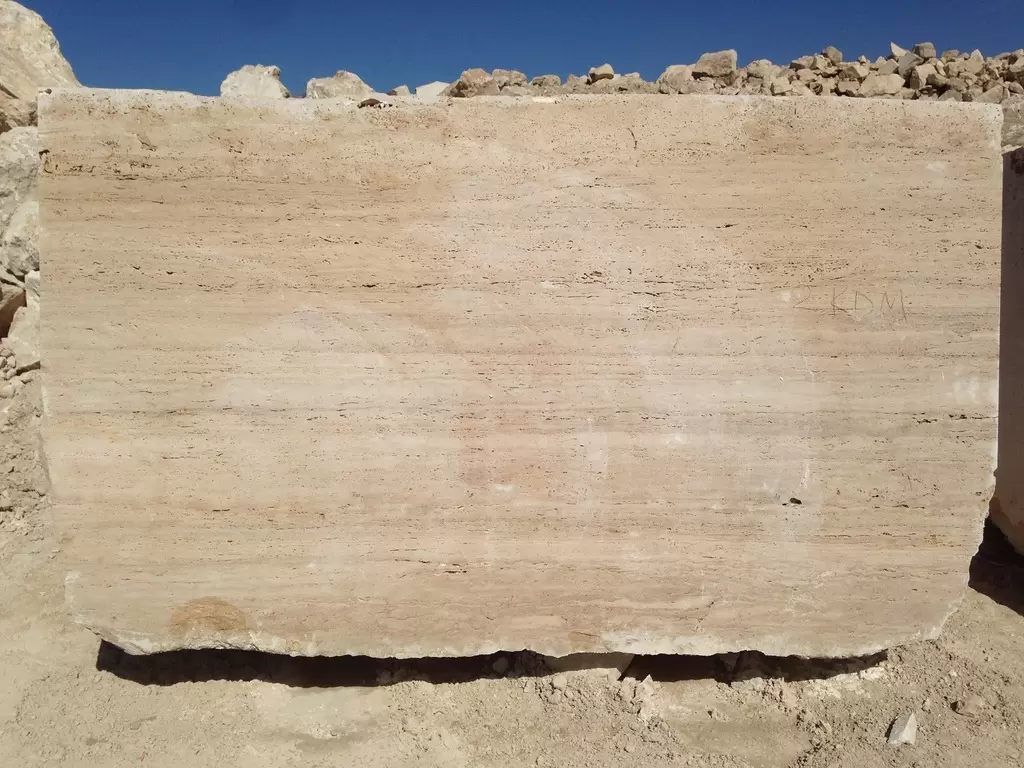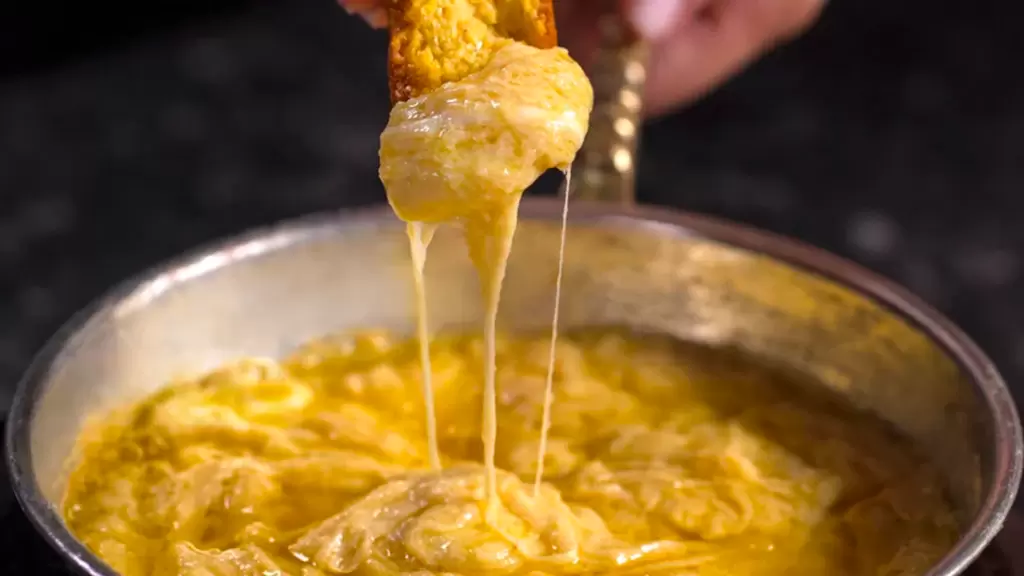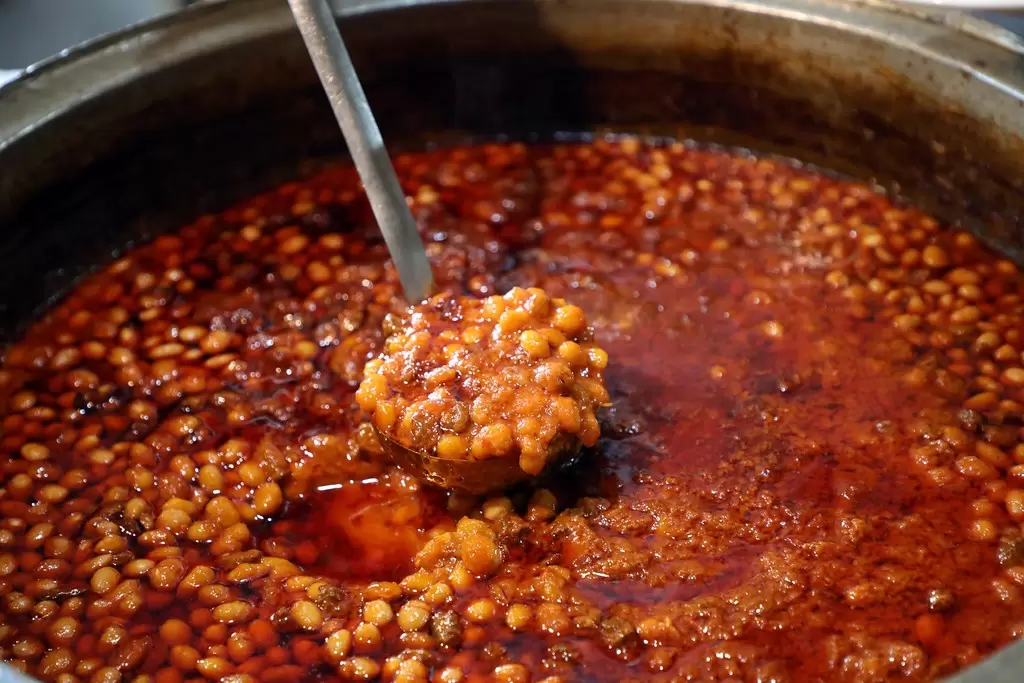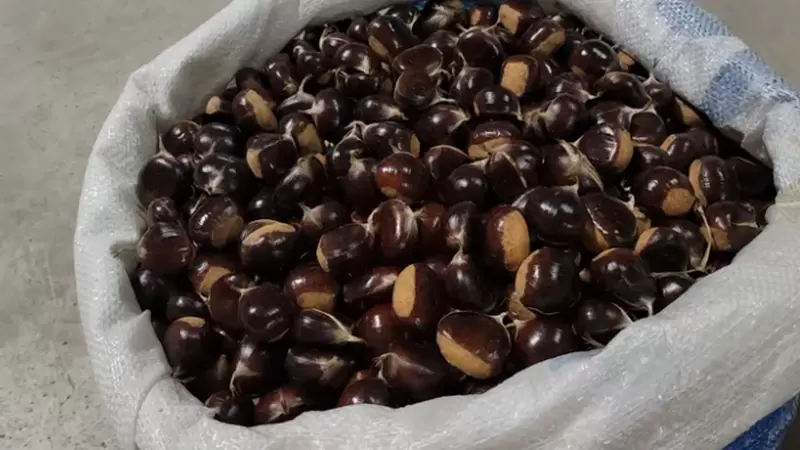
Düzce Chestnut: A Geographical Icon of Natural and Culinary Excellence
Düzce Chestnut, a geographically indicated product from Turkey, is a cherished variety that grows naturally in the forested areas of Düzce or through cultivated chestnut orchards established by grafting local trees. Known for its delicate flavor, creamy texture, and versatility, this chestnut embodies the region’s natural wealth and long-standing agricultural heritage.
Origins and Growing Region
Düzce Chestnut is derived from the Castanea sativa Mill. species, commonly known as the Anatolian chestnut. These trees are part of the Fagaceae (beech) family and are native to Turkey. The chestnuts are harvested from naturally occurring trees in the dense forests of Düzce or from cultivated orchards where traditional grafting techniques ensure consistent quality and yield.
The region’s temperate climate and fertile soils provide the ideal conditions for chestnut cultivation. The combination of moderate rainfall, balanced humidity, and well-drained soil contributes to the high quality and distinct characteristics of Düzce Chestnuts.
Distinctive Features of Düzce Chestnut
-
Moderate Size and Shape
Düzce Chestnuts are medium-sized, slightly rounded, and encased in a light brown shell. Their manageable size makes them ideal for both culinary use and snacking. -
Creamy Interior and Sweet Flavor
The chestnuts have a light cream-colored interior with a soft and creamy texture. Their natural sweetness and nutty flavor make them a versatile ingredient in various dishes. -
Easy-to-Remove Inner Skin
One of the defining qualities of Düzce Chestnut is its inner skin, which separates easily from the flesh. This feature is particularly advantageous for roasting, cooking, and processing, making it highly desirable for both consumers and food producers. -
Low Internal Shrinkage
With an internal shrinkage rate of only 5%, Düzce Chestnuts retain their shape and volume during processing, enhancing their appeal for culinary applications. -
Versatile Consumption
Düzce Chestnuts can be enjoyed in multiple ways:- Roasted: A popular winter treat known for its rich aroma and warming flavor.
- Cooked: Used in traditional Turkish dishes, desserts, and soups.
- Raw: Their fresh and sweet taste makes them suitable for raw consumption as well.
Natural and Sustainable Cultivation
Düzce Chestnut trees thrive in the region’s natural forest ecosystems, where minimal intervention is required. For cultivated orchards, grafting techniques are employed to ensure tree health and consistent fruit quality. This sustainable approach aligns with the region’s environmental preservation efforts, making Düzce Chestnut a symbol of ecological harmony.
Cultural and Economic Significance
Chestnuts have been a part of Düzce’s cultural and culinary traditions for generations. The annual chestnut harvest is a significant event for local communities, providing both economic support and cultural pride. Düzce Chestnut is a sought-after product in domestic and international markets, prized for its quality and unique characteristics.
Harvesting and Processing
The chestnuts are typically harvested in the autumn months. After collection, they are carefully sorted and stored under optimal conditions to preserve their quality. The ease of peeling and low shrinkage make Düzce Chestnuts particularly suitable for processing into various value-added products, including chestnut paste, flour, and confections.
Culinary Applications
Düzce Chestnuts are a versatile ingredient in Turkish and global cuisine. They are used in:
- Traditional Turkish Dishes: Added to rice pilafs, stews, and stuffed vegetables.
- Desserts: Incorporated into sweets like chestnut purée, cakes, and candied chestnuts.
- Snacks: Roasted and enjoyed as a warming winter treat.
Their natural sweetness and creamy texture enhance the flavor and richness of any dish.
Why Düzce Chestnut Stands Out
The combination of natural growing conditions, traditional cultivation methods, and unique characteristics sets Düzce Chestnut apart:
- Natural and Cultivated Origins: A blend of wild-grown and orchard-cultivated chestnuts.
- Ease of Use: Easily separable inner skin simplifies processing and consumption.
- Distinct Flavor and Texture: Sweet, creamy, and versatile for various culinary uses.
A Must-Try for Travelers
For visitors to Düzce, experiencing the local chestnuts is an essential part of the journey. Whether enjoyed freshly roasted from local markets, incorporated into traditional dishes, or purchased as a souvenir, Düzce Chestnut offers a delightful taste of the region’s natural and cultural heritage.
Conclusion
Düzce Chestnut is a shining example of Turkey’s geographically indicated products, combining natural excellence, traditional cultivation, and rich culinary appeal. Its moderate size, creamy texture, and versatile uses make it a favorite among food enthusiasts and a proud symbol of Düzce’s agricultural legacy. For travelers and food lovers alike, it’s a must-discover delicacy that captures the essence of the region’s natural bounty.







